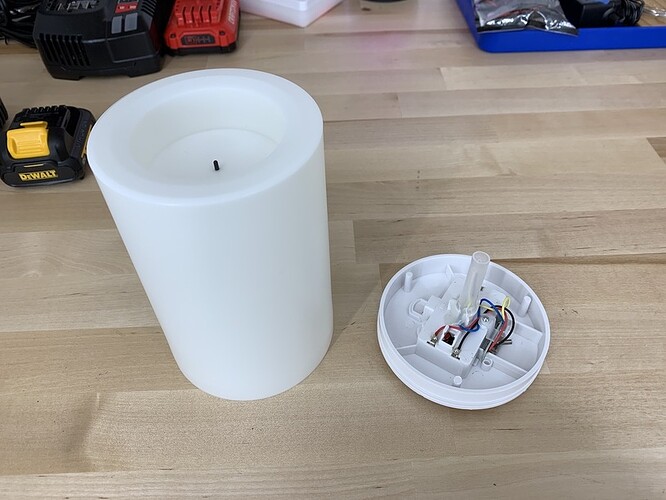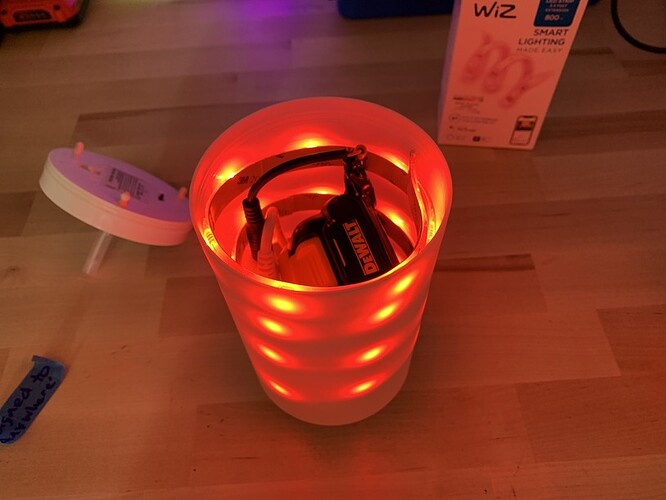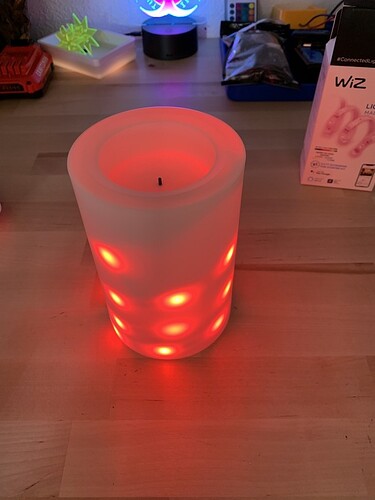Greetings All -
Thanks for the comments. The box says they are good for Alexa. Thanks for the full detail on the watt usage and cool pic, I didn’t know they use PWM to dim. As for the connectors. The WIZ controller just uses a ‘Standard’ 5.5mm female dc input for the male end of the wall wart cord to plug into. I just used the battery adapter wires and spliced them to a cut off male DC connector. There’s no real ‘standard’ for these DC barrel connectors, but it looks like the 5.5mm (tip positive) is pretty universal now. Atleast for LED lighting. Here’s the battery adapter and the splitter kit I used to cut off and adapt. It says 8mm but that’s the other strip splice connectors that I’ll use for another project.
Here’s a close up of the connections. The adapted (Black) connector looks bigger in the photo, but it’s not, they’re the same. Or close enough. ![]()
I liked the HitLights splitter above as the male end I cut off had a red and black (+/-) in side the sheathing, so it was easy to know which was + and -. They probably all do, but this made it easy.
I’ve got two separate projects in mind for this lighting method. One is a GF cut acrylic project that is going to take a little while to figure out. Another is just a simple nightlight out of a cheap AA battery powered ‘candle’ that I’ll gut and stuff this into. Should be fun and pretty easy…
I’m thinking a white acrylic box cut on GF to stuff the battery, adapter and controller in, with a slot in the top to feed the strip light out and wrap it around the box 4 or 5 times. Something like this, but more elegant.
And wire in the switch on the bottom of the candle, to turn it on and off without opening it up of course.
HL



